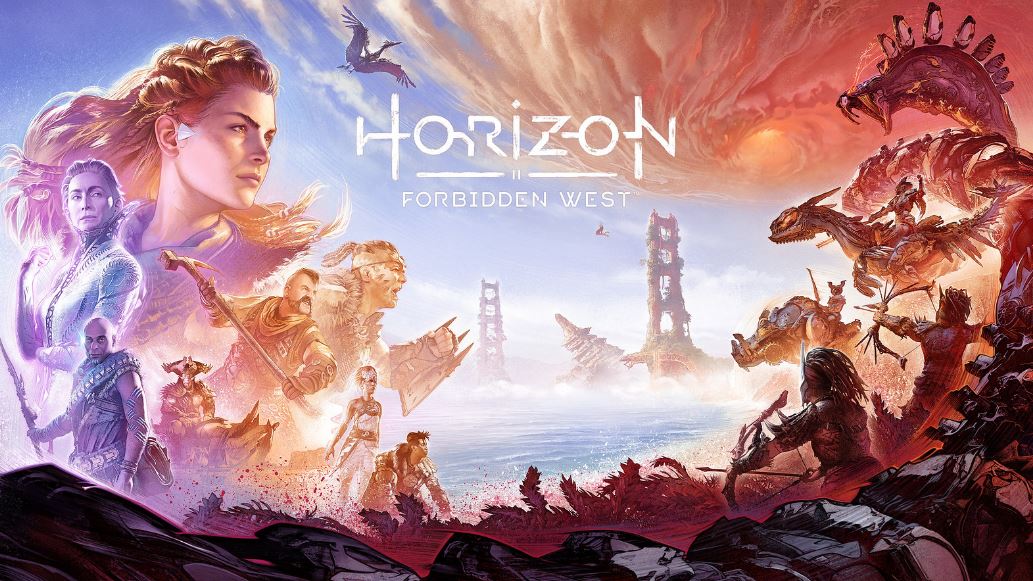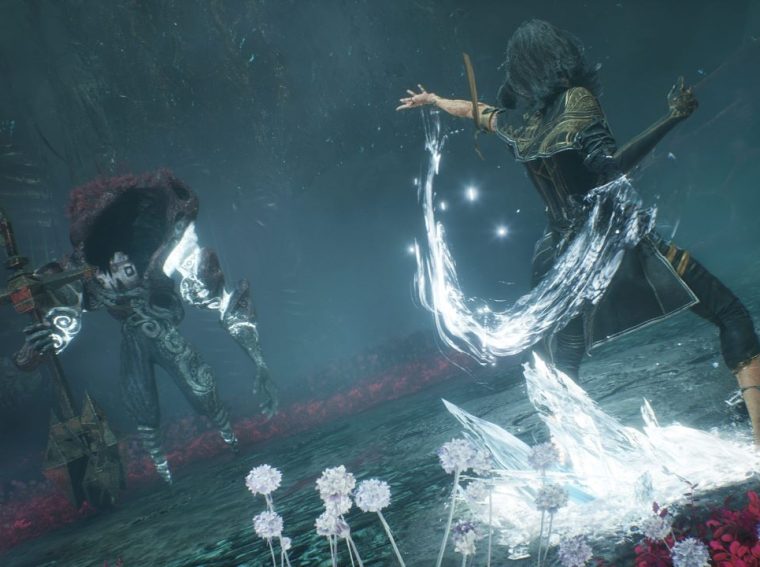Hearthstone’s ‘Journey To The Sunken City’ Expansion Looks To Create Excitement With 2 New Keywords
Hearthstone is taking big strides in 2022, adding 3 expansions throughout the year with the first one coming in April. Entitled Journey to the Sunken City, Blizzard is taking us deep into the lost city of Zin-Azshari where the fearsome Naga resides.
Not only do we get 135 new cards to play with, but we’ll also see a new minion type in the Naga, along with 2 new keywords in Dredge and Colossal that are sure to shake the Hearthstone meta up.
Serving as tour guides to this underwater journey are Features Team Lead Chadd Nervig and Senior Narrative Designer Valerie Chu, who we recently got to sit down with for a special talk on what to expect in Hearthstone’s first expansion for the year.
*Parts of the interview have been edited for clarity.
Hearthstone Journey to the Sunken City Interview
Hearthstone’s Voyage to the Sunken City seems like a very good theme and setting that would be nice to see in Mercenaries. Would we possibly see some continuity in terms of these updates appearing for both the PvP and Mercenaries mode in the future?
Chadd Nervig (CN): I think there’s a lot of potential excitement there. We’re not ready to talk about what Mercenaries content there’s going to be within Voyage to the Sunken City, but we have some great Mercenaries content coming up.
How does the team balance the new race and keywords so that it will make the current cards available are still in the meta and not get power crept?
CN: So we’ll talk about Naga a little bit. So Naga is our new minion type and they’re very spell-focused. So for example, Spellcoiler is is a pretty basic version of a Naga. It’s a minion that says battle cry – if you’ve cast a spell while holding this, discover a spell. That interaction with spells is a common sort of thing that they do.
You’re going to see Naga play in a whole bunch of different classes in some regard. You’ll also see some classes dive fully into it and make whole deck archetypes around it. And to that point of getting that balance right, this is also part of a new rotation or new standard year and you’re gonna see a whole lot of different new deck archetypes seeing play. We do a whole lot to try to make sure that that balance is just right so we get an exciting amount of new cards and new gameplay showing up in the meta.
Will this Hearthstone expansion make a certain class rise into meta relevance or will we see the new current additions be a bit more balanced among all classes? Which classes do you think will benefit the most from this expansion?
CN: There’s not a goal to increase the power popularity of individual classes specifically, but there is for different playstyles. I think the rotation, in particular, will help slow down a lot of how things play out and give an opportunity for these things like these colossal cards, these massive minions that split across multiple minion slots.
What is your favorite card from the Hearthstone expansion?
Valerie Chu (VC): So I really loved Ambassador Faelin, he has such a wonderful personality. And the new Colossalls are such exciting cards to play that I think it’s really a highlight for this expansion set. And, you know, because his ability ties into those, it’s always really exciting because Faelin always causes lots of trouble whenever he shows up.
CN: I think I’d echo that appreciation for Ambassador Faelin. I’d also highlight the Azsharen Sweeper and the Sunken Sweeper, not necessarily that individual card is necessarily my favorite, but the mech mage is an exciting archetype that players may have played long ago and is coming back with a very modern take.
Could you give us an example of how the Colossal cards might be used in actual Hearthstone play?
CN: Colossal is our new keyword and it’s these massive sea creatures that are too big to fit on one minion. So they started as one card but when you play them, or any other way they enter the battlefield, whether they’re recruited out of your deck or copied or whatever, they come with their appendages split into their different cards.
The main body and those appendages have these interesting synergies and can play into the main goals of your deck archetype or just be generally strong, large minions. For example, Colaque, the druid colossal, is this massive sea turtle that I think is kind of a general-purpose big druid minion that goes in a lot of different druid decks.
VC: I really like the colossal because I feel like they always create excitement in your match. Like they change the pace of what’s happening in a really big way that is fun to either, you know, tackle that challenge or throw the gauntlet down to your opponent.
Which comes first usually in the Hearthstone design process, the expansion setting or the keywords?
CN: So when we’re designing a new expansion, the overall theme and flavor is generally the starting point, and that is the inspiration that we then use to come up with different mechanics that will fit well in that theme. When we’re brainstorming a new expansion, which takes place many many months ahead of time, and the process is about a year to go from that brainstorm of ideas to actually launching the expansion. We have a bunch of different expansions that are sort of in progress and up for consideration each time we start a new one.
And then, we think of a variety of different mechanics that could play into that and that affects the decision of which expansion to do each time. But we tend to figure out what the theme of the expansion is and then narrow down what the keywords and mechanics are going to be. We try out a whole lot of different things and find what’s gonna work best in that expansion at that time.
Could you share a bit of the inspiration that came in for building the world in this new Hearthstone expansion?
VC: Yeah, absolutely. So one of the guiding ideas that everyone started thinking about was just the idea of going underwater and looking at underwater places. In the Warcraft universe, Zin-Azshari stuck out as a very special, historically important location. But in Hearthstone, we have the ability to explore new places as well and see those new sides of the region that maybe you didn’t get to spend too much time in before.
Another example of that is just bringing in Sir Finley. Because he’s a Murloch, he’s great in the water, but we’ve never really gotten to see him underwater before and it turns out, you know, he’s having a wonderful time, so he was really fun to include in the set. All of those underwater creatures really get their time in the sun, especially the Naga getting to be their own tribe, getting to be a centerpiece of the set instead of just a few cards here and there and getting to see how the Naga work together and their relationship with magic and the arcane is really exciting, especially if you know the lore of how the Naga were once Night Elves who use this magic to disastrous effect.

Are there any other keywords that you might have thought of during development that didn’t quite make the cut in this Hearthstone expansion?
CN: I think the thing that I’d highlight are the different versions of colossal. We tried a bunch of different ways that colossal would work, whether they were like one like extra-large minion that’s set on the board but just like took up multiple places or like the version that we ended up going with was when they come into play, they split into their different parts. We played with having the appendages and the main body sharing health but didn’t end up going with that because it just wasn’t as fun and was a lot more confusing.
We thought we got all the fun synergies that we were looking for out of this version where they come into play together and have interactions but otherwise behave as separate different parts, different minions. I think all three of these – Dredge, Colossal, and Naga – they were always with us from fairly early on in development, but how exactly they work took a lot of iteration to settle on.
Hearthstone Journey to the Sunken City goes live on April 12.




